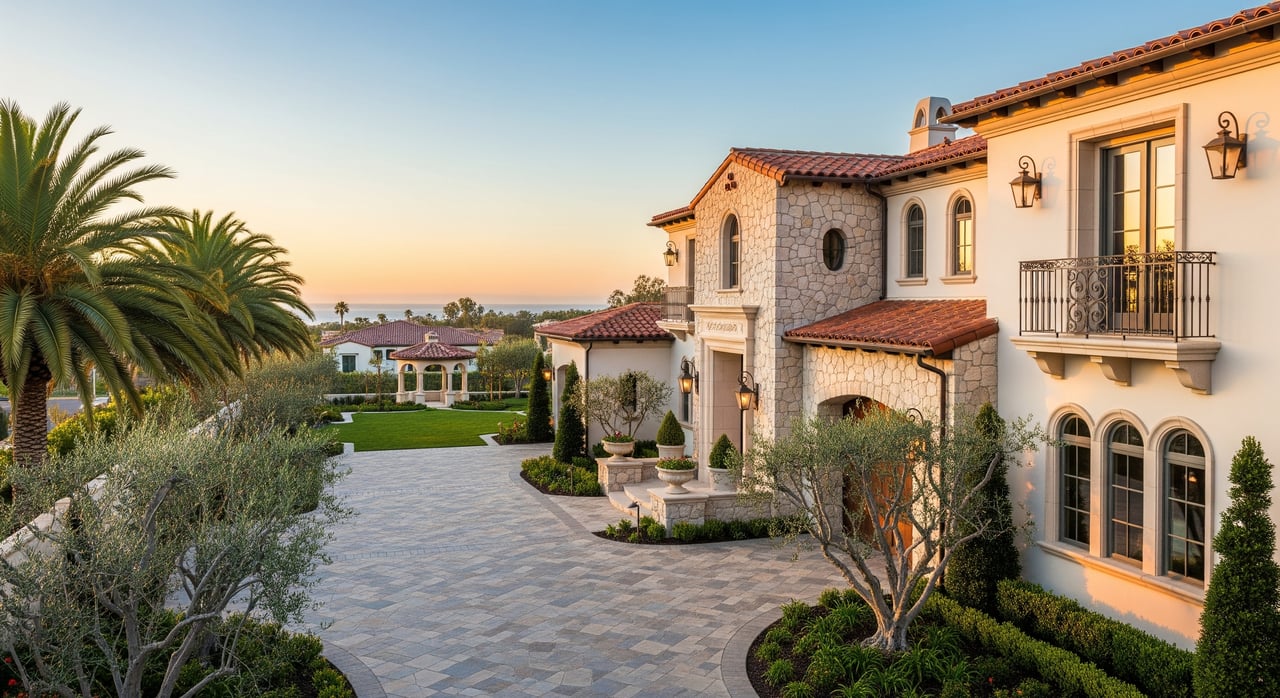There’s a lot of buzz surrounding speculation that the Federal Reserve will be raising the cost of borrowing money. For nearly 10 years, the Fed has continuously moved to lower interest rates, spurred by the then-pending housing bubble. That was back in the summer of 2006. A lot has happened since the summer of 2006: a first grader is now a Freshman in High School and the world didn’t even know the iPhone in 2006.
Meetings amongst the Fed and its policymakers in the past few weeks have traversed the tightrope on a rate increase. The change, should it happen, could jar borrowers, and move to affect markets.
But, why? Why would the Federal Reserve even hold meetings with policymakers to raise rates? High interest rates would discourage business expansions and purchases.
Few things:
The Fed is typically a reactionary entity. The Federal Reserve leverages its power to lower rates when economic growth is accelerating so quickly that demand outweighs supply, causing inflation amongst prices and wages, on say, for example, big-ticket purchases. When the economy is in trouble, having the nation's central bank cut rates can help produce economic growth. If rates are already at extreme lows, the power of lowering rates won’t help–there’s nowhere to go. Raising interest rates could give the Fed the chance to reload its weapon.
Low mortgages, lead to more housing bubbles. The previous housing crisis taught us many lessons. When housing markets are hot, such as in Manhattan and Silicon Valley, prices shoot to levels so high they could spur another bubble. Raising interest rates combat the impending inflation.
The Fed’s decision hinges on whether inflation is actually, and currently, a symptom of our economy. Federal policymakers meet to weigh whether to systematically begin pushing rates to more normal levels.










